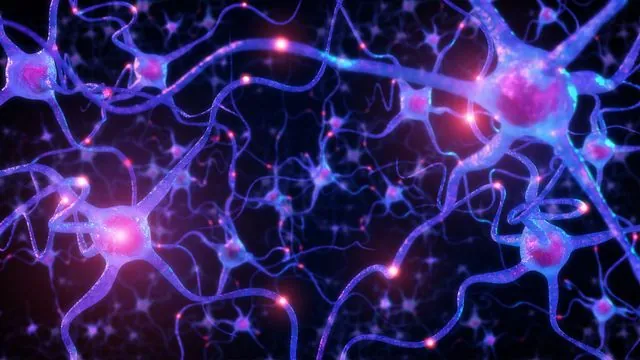
Revealed: Shocking Connection Between HIV-1 and Alzheimer's Disease!
2025-09-10
Author: Li
A Groundbreaking Discovery!
In a stunning revelation, researchers at Northwestern Medicine have unveiled an unexpected molecular connection between HIV-1 and a protein fragment implicated in Alzheimer's disease. This pivotal study, published in the prestigious Proceedings of the National Academy of Sciences, promises to shift our understanding of both conditions.
HIV-1's Survival Compromised by Neurodegenerative Processes
According to Dr. Mojgan Naghavi, the study's senior author and a distinguished professor of Microbiology-Immunology, the body’s neurodegenerative processes may unintentionally hinder the replication of HIV-1 within brain cells. This discovery could have profound implications for how we approach treatments for both HIV and neurocognitive disorders.
How Alzheimer’s Protein C99 Disrupts HIV-1 Assembly
The research highlights a particular fragment of the amyloid precursor protein known as C99, which surprisingly disrupts HIV-1's ability to assemble and release new viral particles within the brain's immune cells, including macrophages and microglia. These immune cells serve as reservoirs for HIV-1, and infection has been linked to cognitive decline.
The Intricacies of Viral Defense and Neurotoxicity
In a twist of fate, while HIV-1 attempts to dismantle C99 to escape, it inadvertently contributes to the production of toxic amyloids that threaten brain health. Dr. Naghavi elaborates that this cyclical conflict raises new questions about the interaction between HIV replication and neurodegenerative disorders.
Adaptive Strategies: Host Proteins in the Fray
The researchers also uncovered that two crucial host proteins—TSG101 and VPS4A—play essential roles in the battle between HIV-1 replication and amyloid processing. These proteins create competition, pushing the balance of outcomes that are potentially harmful to either the host or the virus. When TSG101 levels drop, HIV replication falters, unless APP levels are also lowered, showcasing a direct competition for cellular machinery.
Future Directions: Delving Deeper into the Brain's Mechanisms
As this groundbreaking research unfolds, the team is now branching out to investigate how these mechanisms operate within neurons, hoping to further illuminate the intricate dance between viral infection and neurotoxicity. They are leveraging stem cell-derived neuronal cultures in collaboration with leading neuroscientists to examine the regulatory role of APP.
This pioneering work not only offers new insights into the link between HIV-1 and Alzheimer’s disease but also opens the door for innovative strategies in tackling both conditions simultaneously.
What’s Next?
Stay tuned as we follow the developments of this critical research that could change the landscape of treatments for diseases that affect millions around the globe!

 Brasil (PT)
Brasil (PT)
 Canada (EN)
Canada (EN)
 Chile (ES)
Chile (ES)
 Česko (CS)
Česko (CS)
 대한민국 (KO)
대한민국 (KO)
 España (ES)
España (ES)
 France (FR)
France (FR)
 Hong Kong (EN)
Hong Kong (EN)
 Italia (IT)
Italia (IT)
 日本 (JA)
日本 (JA)
 Magyarország (HU)
Magyarország (HU)
 Norge (NO)
Norge (NO)
 Polska (PL)
Polska (PL)
 Schweiz (DE)
Schweiz (DE)
 Singapore (EN)
Singapore (EN)
 Sverige (SV)
Sverige (SV)
 Suomi (FI)
Suomi (FI)
 Türkiye (TR)
Türkiye (TR)
 الإمارات العربية المتحدة (AR)
الإمارات العربية المتحدة (AR)